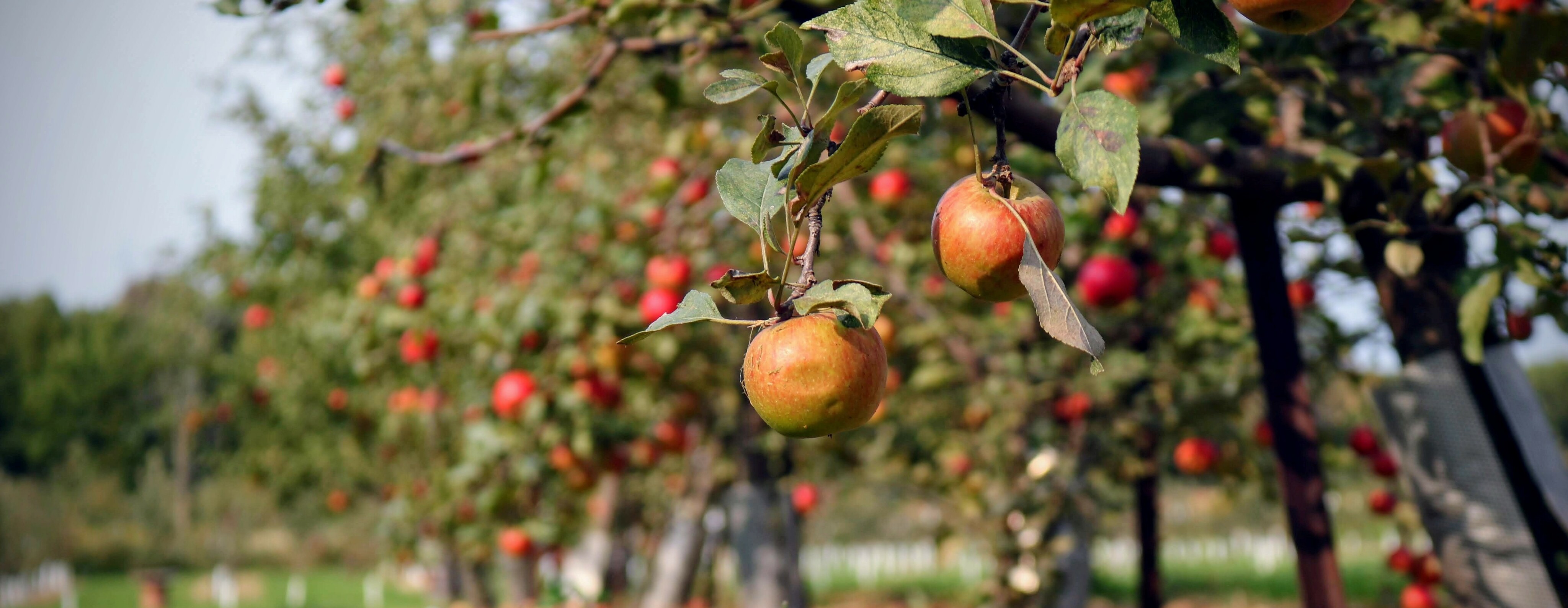
November 2022
The new environmental land management schemes (ELM) have been in the news a lot lately, mostly for the wrong reasons. Talk of the schemes being scrapped, watered down or de-funded has abounded, with many of our organisations raising concerns that this – along with much more the last government proposed – amounted to an #AttackonNature.
Defra assures us this isn’t the case, and that the new government has reiterated its commitment to the schemes and the green reforms they underpin. It’s clear though that not everything will remain the same, and that some big changes could still be made.
With an impending announcement rumoured, here we set out what we want to see from any changes to ensure ELM can provide a strong vehicle to reward farmers and other land managers for making a significant contribution to tackling the nature and climate crises.
The Sustainable Farming Incentive
Defra is keen to get 70 per cent of farmers into the SFI. In theory, that’s a laudable ambition, but in practice it’s not just the level of uptake that’s important, it’s the nature of it, i.e. what farmers and other land managers are paid to do on the ground is critical to delivering value for money.
The former Entry Level Stewardship (ELS) scheme achieved comparable levels of uptake, costing around £1.5 billion, but it failed to meet any of its environmental objectives, largely due to flaws in the way it was designed. To prevent this happening again, and to genuinely support and reward farmers and land managers, the design of SFI is important.
Why does this all matter? The evidence is clear that for many environmental outcomes (whether that’s recovering farmland wildlife or improving water quality) the adoption of one or two untargeted actions on a farm is not enough. For example, to recover farmland wildlife, at least eight to ten per cent of a farm should be a mix of well-managed habitats to ensure the resources that wildlife needs are available throughout the year.
It's only by grouping together several actions into ‘packages’ that Defra will secure effective delivery. As nature cannot be broken down into neat segments, an interconnected environment needs interconnected schemes. Crafting packages, with different ambition levels (a ‘ladder approach’), would help farmers and land managers to join schemes and progress over time, while being paid more for moving up the levels of ambition.
Local Nature Recovery
Defra has previously stated that the Local Nature Recovery (LNR) scheme would be a more ambitious and improved version of the existing Countryside Stewardship (CS) scheme. Recent rumours suggest LNR will simply revert to the existing CS. This is significant because analysis by the Centre for Ecology and Hydrology (CEH) suggests that ELM must be significantly more ambitious than the existing CS scheme to achieve the Environment Act targets, including halting the loss of species abundance by 2030.
If Defra is to use CS as a starting point, several critical changes are needed to pack a punch for nature. First, it should drive the right actions in the right places, using modern technology and local data to assess what is needed where. Trusted and quality advice are also essential, so land managers can get support from technical specialists where they need it.
Finally, incentives for local collaboration will boost the efficacy of the scheme because it will lead to more joined-up habitats, underpinning food production, for example by reducing farmers’ vulnerability to extreme weather shocks.
But, most importantly, a clear plan to fix and build upon the Higher Tier of the scheme is necessary if an evolution of CS can be deemed credible. The Higher Tier has never operated as intended, inhibiting bespoke and targeted management necessary for successful outcomes for the environment. In future, the Higher Tier needs to be able to do a lot of the heavy lifting and provide a viable offer for those currently in legacy Higher Level Stewardship (HLS) agreements.
Keeping CS will also affect the SFI, since many of the actions paid for under some CS schemes overlap with some planned SFI standards, such as hedgerow management and water body buffering. This raises fundamental questions about how these schemes will interact, and whether existing CS agreement holders will be able to access SFI. Certainty on this soon will be essential for a smooth transition.
Landscape Recovery
The first round of Landscape Recovery pilots has been popular, with 51 applications and 22 successful projects. But Defra has been vague about the future of this scheme beyond this round and the piloting phase. Yet this sort of funding is so critical to achieving the Government’s targets for net zero, nature recovery and access to the countryside.
The first round of piloting has demonstrated how relevant this scheme is to farmers, with hundreds involved in successful projects unlocking £12 million in development funding and, hopefully, more as these and others are implemented beyond 2024.
According to Defra, most successful pilot projects have involved groups of land managers and farmers (including tenant farmers) working together to deliver a range of environmental benefits across farmed and rural landscapes, alongside food production. Defra should make clear their plans for the scheme, from further piloting rounds to what the scheme will look like in the future and commit to a long-term funding settlement.
Set a course and stick to it
The patience of farmers and land managers is wearing thin. Defra can’t go on chopping and changing its approach to ELM and broader farming policy. This is the moment to set a course and stick to it.
With all the concerns raised in previous months, assurance is needed now more than ever. This announcement provides an opportunity to do just that. But substance and certainty is crucial. Without that, it is likely to raise more questions than answers, leave farmers and land managers in the dark for longer, and jeopardise the Government’s own environmental commitments.
Alice Groom is Senior Policy Officer at RSPB, and is Vice Chair of the Link Agriculture Working group; Marcus Gilleard is lead public affairs and public policy adviser on post-Brexit farming and land management policy at the National Trust and is also a Link Trustee, and Barnaby Coupe is Land Use Manager at The Wildlife Trusts.
The opinions expressed in this blog are the author's and not necessarily those of the wider Link membership.






Latest Blog Posts